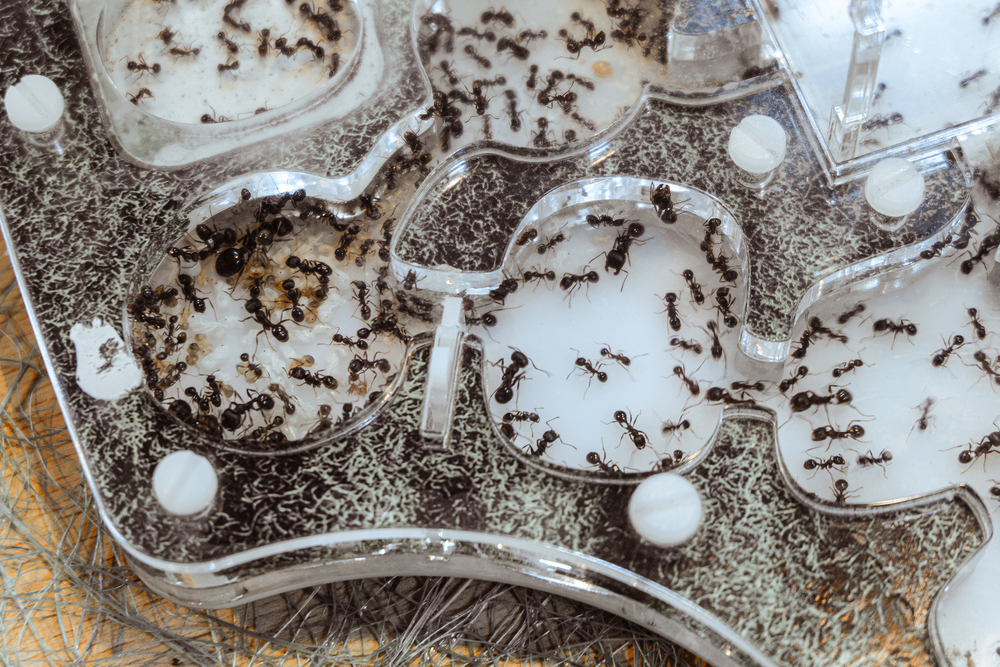Unveiling the Truth About Ant Farms: A Fascinating Hobby for All Ages
Ant farms, a captivating hobby spanning generations, have always been a source of fascination. This article delves into the history, current trends, and intriguing facts about these miniature worlds, revealing why they continue to captivate animal enthusiasts of all ages.

The Fascinating History of Ant Farms
The concept of ant farms dates back to 1900, when French entomologist Charles Janet designed the first formicarium, a specially designed glass case to study ant colonies. However, it was not until 1956 that Milton Levine popularized them as a hobby, launching “Uncle Milton’s Ant Farm,” a hit product that sold millions globally. This ignited a new interest in home-based observation of these fascinating insects and their intricate social structures.
Ant Farms Today: Modern Innovations & Trends
In the 21st century, ant farms have evolved from simple sand-filled plastic containers to intricate, high-tech habitats. Modern ant farms, often called antariums, now feature LED lighting, moisture control systems, and 3D designs that provide a detailed view of ant colonies. With these advancements, ant farms have become more than just a childhood toy; they’re a popular hobby among adults, used for both entertainment and scientific observation.
The Economics of Ant Farms
The global ant farm market is not as small as one might think. High-end antariums can range from $50 to more than $100, depending on their features and design. The market is expected to grow steadily, driven by the increasing interest in nature-based hobbies and the educational value of observing ant behaviors.
The Educational Impact of Ant Farms
Ant farms are not just hobbies; they’re valuable educational tools. Observing an ant colony can teach lessons about teamwork, resource management, and survival strategies. This is why ant farms are often used in schools as a hands-on method of teaching natural science and ecology.
The Future of Ant Farms: 3D Printing and Virtual Reality
The world of ant farms is set to become even more exciting with the integration of technology. 3D printing is offering custom designs for antariums, and there’s ongoing research into creating virtual reality ant farms. This would allow enthusiasts to observe ant behaviors in a digitally created environment - a prospect that could revolutionize the world of ant farms.
Conclusion
Ant farms, a seemingly simple hobby, have a rich history and a promising future. Their popularity, far from waning, is set to increase with technological advancements. As a microcosm of our natural world, ant farms continue to fascinate, educate, and captivate animal lovers of all ages.




